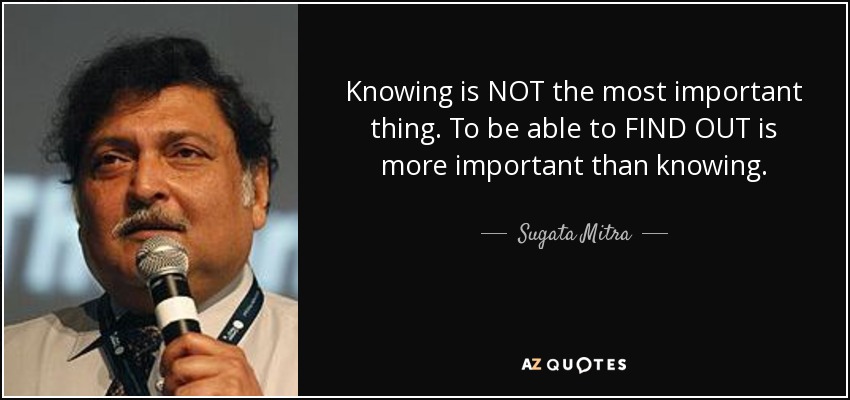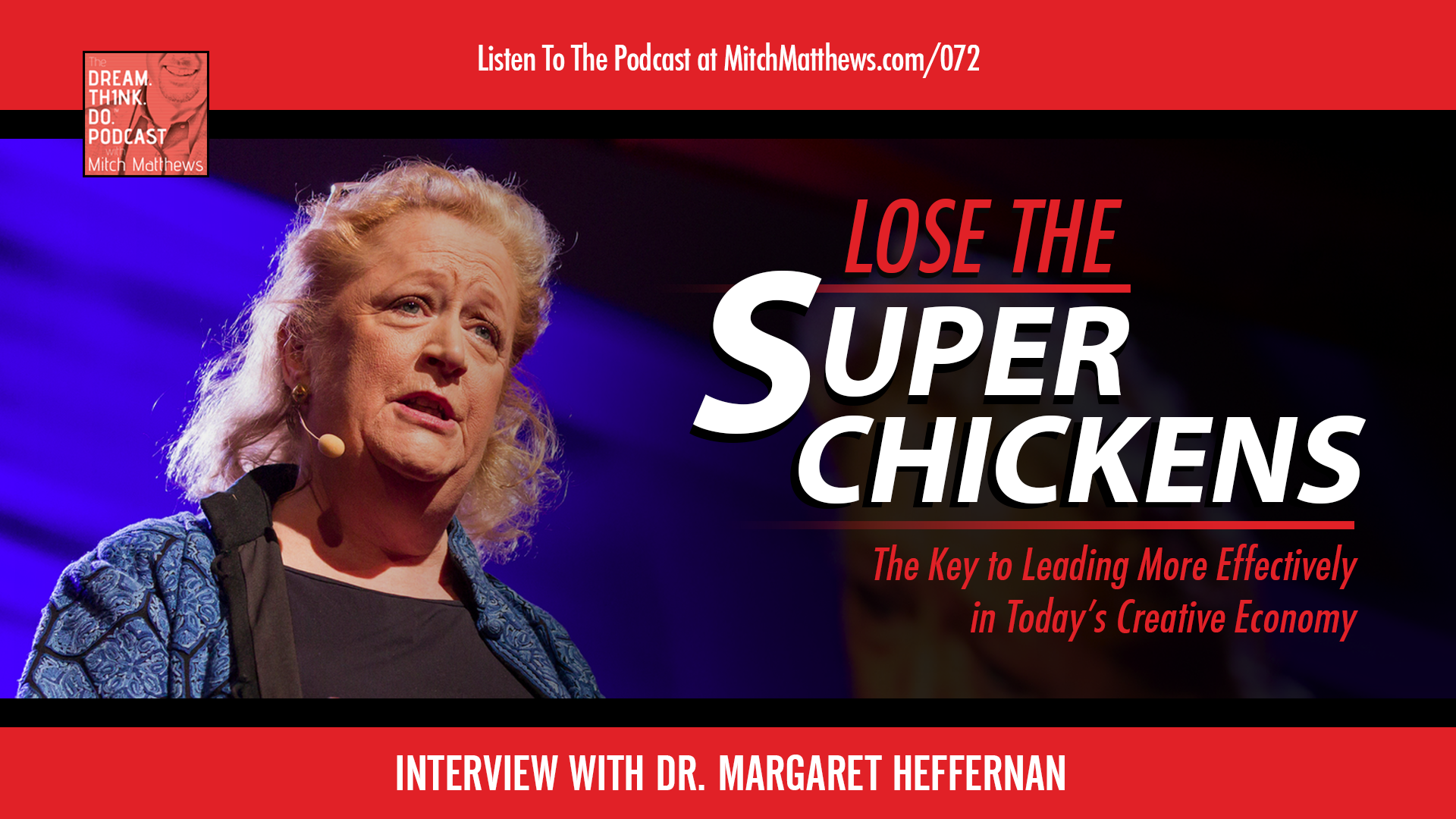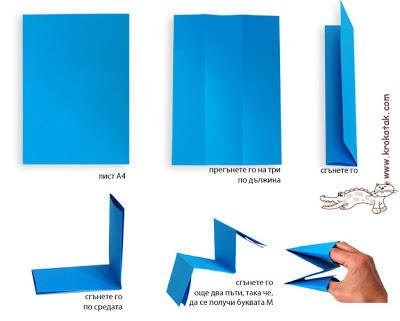Hello Everyone,
I have had some interesting time investigating some SOLE questions.
A few that have really fired are:-
"How do you know you are alive?" and "How do you know that something is a Fact and not Fiction, Opinion or Belief?" Check out the SOLE ideas below.
I loved the 90-second puppet making, and you will be inspired by the SUPER Chicken TED-Ed talk.
Enjoy the Newsletter and let me know what you think.
|
To support VT it costs just $10.00 per year. Thanks in advance it helps a lot and covers the cost of hosting and distribution of the newsletter. AND I will send you the FREE Link to the 4BIG IDEAS ebook. Take a look at some of the pages here.
DO THIS
Spread the Word about VT, email this newsletter to someone you think might love it they can Subscribe for FREE.
Send in your Impossible ideas.

Have a great break, this is the last newsletter for this year. Have a great holiday.

|
|
A.Word.A.Day
gesamtkunstwerk
PRONUNCIATION:
(guh-ZAHMT-koonst-vuhrk)  MEANING:
noun: A work of art that makes use of many different art forms.
ETYMOLOGY:
From German Gesamtkunstwerk (total artwork), from gesamt (total, whole) + Kunst (art) + Werk (work). Earliest documented use: 1939.
NOTES:
The concept is Gesamtkunstwerk is associated with the composer Richard Wagner who described it in a series of essays in an attempt to synthesize music, drama, dance, poetry, etc.
I love this word and the kids feel pretty special saying it. I love incorporating it into m,y art lessons, but it also has resonance for STEM/STEAM Lessons as well.
If they can get you asking the wrong questions, they don't have to worry about the answers.
Thomas Pynchon, novelist (b. 8 May 1937)
|
SOS or SOLE - Self Organising Systems |
 It is more important to find answers than to memorise them. It is more important to find answers than to memorise them. SOLE is not about teaching but about setting learning in motion.
This is closely related to SOS - Self Organising Systems
Which is a relatively recent field of Scientific Study. Many systems in nature show organisation e.g. galaxies, planets, compounds, cells, organisms and societies.
I did some work on exploring great questions in a paper I wrote for a conference
The basic premise is the same. Ask great questions and then let students work on the answers in their own way. This process encourages children to have autonomy in their learning process.
AN EXPONENT of the SOLE approach is Sugata Mitra, and his seminal research using a hole in the wall Computer in an Indian slum. Mitra thinks self-organized learning will shape the future of education. His work is worth watching. A recent WIRED Magazine article outlines the classroom procedure.
HOW DO YOU SOLE?
ASK a Big Question
 In the Question Phase, the educator introduces the Big Question and shares some background or a short story around the question. It's important to remember not to lead students to an answer or in any way reveal what they should learn. Big questions should lead to more questions, and don't have a single right answers.
InvestigationStudents self organize into their groups. In some cases, teachers have found that the process runs better when they assist in the formation of groups. From this moment, the educator simply lets the adventure begin! Students begin exploring the big question, jumping on computers and searching for answers. In some cases, open and supportive questions may help, and very important, offer encouragement. For the most part, educators should remain invisible.
Review
 Each group now presents their discoveries. This is one of the most important elements of the session as it gives them a chance to think more deeply about what they've found out, and how they discovered it. You should use this time to get excited about what the students have learnt, praise their discoveries and encourage debate between them. Ask the groups how they found their answers and what they think went well - as well as what they could do differently next time. Even if they haven’t answered your big question, or have drawn the wrong conclusions, they can learn a lot from talking about how they got to that answer and learn from other groups who took a different approach. (excerpts from https://www.solecle.com/#/learn-more)
|
1. Use the scrabble letter values to work out the values of your spelling words.
2. Which word has the highest value?
3. Which is the highest value has the highest frequency?
Challenge:
Work out the frequencies of words in your list using tally marks.
Words with a value of
Tally
Number of words
Make an excel Graph and graph your results.
|
 The culture of helpfulness. The culture of helpfulness. Organizations are often run according to "the superchicken model," where the value is placed on star employees who outperform others. And yet, this isn't what drives the most high-achieving teams. Business leader Margaret Heffernan observes that it is social cohesion — built every coffee break, every time one team member asks another for help — that leads over time to great results. It's a radical rethink of what drives us to do our best work, and what it means to be a leader. Because as Heffernan points out: "Companies don't have ideas. Only people do."
.....It's the outstanding collaborators who enjoy the long careers, because bringing out the best in others is how they found the best in themselves..........
.......... there will be no stars in this team. We need everybody. Everybody has a valid perspective. Second, we work to one standard only: the best imaginable....... There would be no one in charge......... because he knew how disruptive power can be.
........... there's a lot at stake now, and we won't solve our problems if we expect it to be solved by a few supermen or superwomen. Now we need everybody, because it is only when we accept that everybody has value that we will liberate the energy and imagination and momentum we need to create the best beyond measure. |
|
 I loved this activity from the moment I watched the video I loved this activity from the moment I watched the video
How To Make A Paper Puppet In Under 90 Seconds! Fabulous the basic principles are easy and yet the creativity is exponential. Try is with your kids and have fun with it. Send me in your best pictures and I'll send them out in the next newsletter.
|
I do answer all emails so send them along with your questions ideas and great sites.
Hi Cathy,
Thanks again for adding Drama Notebook's list of drama games to your resource page http://virtualteacher.com.au/newsletter199.html. I have another resource that I’d like to share!
Thought your audience might like this.
Thanks!
Matt Lee
Dramanotebook.com
Hi Matt
Great addition to your site Matt. I love that kids have written them. I'll add the link to my next newsletter.
ciao
Cathy
Take a look it is truly a splendid resource.
|
|
This Newsletter is not free, despite the misleading advertising above. The Fee is now due. Each week you must help one colleague on the Internet who has less knowledge than you.Help that person even if you have to visit their classroom or do a little research and get back to them. Trust me, this will help a lot of people get their computer classrooms running better. OK I'm trusting you!!!
|
|
1. GOT SOMETHING TO SAY - Send in your Questions, Questions will be published with Answers, send in your Answers, if you have expertise to share.
2. NOMINATE A BRILLIANT SITE for review and inclusion in this newsletter.
3. NOMINATE A FANTASTIC SCHOOL WEBSITE site for review and inclusion in this newsletter.
4. MAKE CONTACT with other schools using fantastic programs.
5. WRITE and innovative article for this newsletter.
6. TELL 2 COLLEAGUES about this newsletter.
7. BECOME A VT SUPPORTER CLICK HERE $5 per year, and keep a good thing going. Your name + a hyperlink if you, like will appear on our supporters list.(unless anonymity is requested)
Announce your support for innovation and change in Education.
|
The opinions expressed here are purely those of the editor, Cathy Brown. All other small print clauses apply. Such as: Use at your own risk. Nothing in life is guaranteed. If it doesn't work for you send an email or tweet me.
Editor: Cathy Brown cathy@virtualteacher.com.au
|
|
Delivered FREE to your e-mail box. If you have been lucky enough to get this Newsletter from a friend, press this BUTTON to subscribe. And get your FREE FORTUNE COOKIE XX
|
Reach a growing audience of teachers, by advertising in the Virtual Teacher Newsletter or on the Virtual Teacher site. For more information goto Virtual Teacher Sponsors or contact, cathy@virtualteacher.com.au
For information about inservice and training contact me at
cathy@virtualteacher.com.au
|
|
|  | |